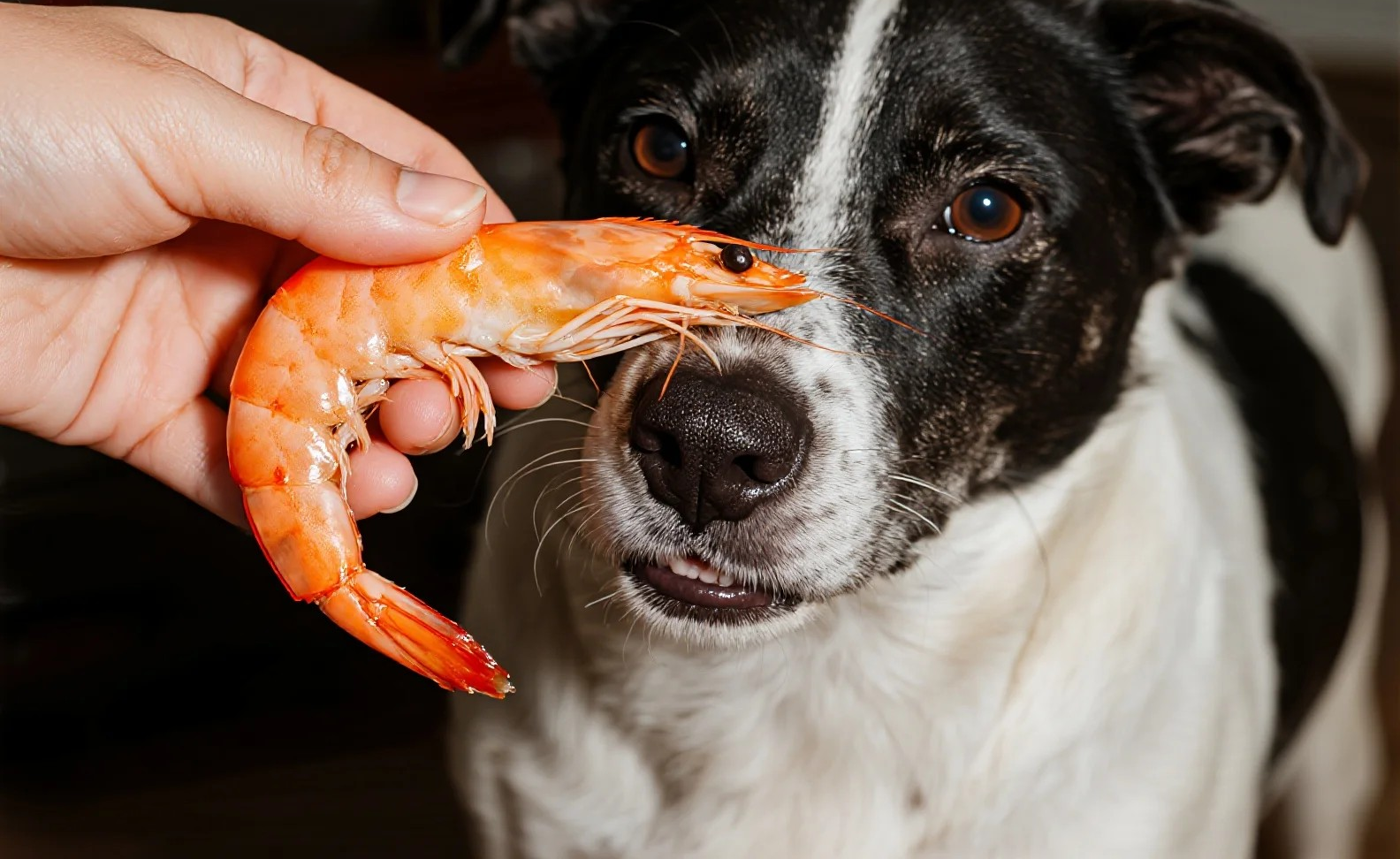Dog owners love to share tasty treats with their pets, and seafood like shrimp often comes up as a tempting option. But if you’re asking yourself, can dogs eat shrimp?, you’re probably wondering whether shrimp is safe, nutritious, or just plain risky for your furry friend. This comprehensive guide will answer that question, explore shrimp’s benefits and risks for dogs, provide tips on how to serve shrimp safely, and highlight important precautions every dog owner should know.
Table of Contents
Can Dogs Eat Shrimp? Breaking Down the Basics
The straightforward answer is: Yes, dogs can eat shrimp — but with some important caveats. Shrimp itself is not toxic to dogs and can be a healthy supplement to their diet. It’s packed with protein, vitamins, and minerals that may support your dog’s overall health. However, the key to safely feeding shrimp to dogs lies in how it’s prepared and how much you give.
Why Shrimp Can Be a Good Treat for Dogs
Shrimp is low in calories but packed with nutrition. Here’s a quick look at what shrimp offers for your dog:
- Rich in Protein: Protein is essential for muscle health and energy, and shrimp provides a lean, easy-to-digest source.
- Omega-3 Fatty Acids: These healthy fats help reduce inflammation, improve joint health, and support a shiny coat.
- Vitamins and Minerals: Shrimp contains vitamin B12, vitamin D, niacin, phosphorus, and zinc — all important for your dog’s metabolism, nerve function, and immune health.
Overall, shrimp can be a nutritious, tasty way to add variety to your dog’s diet if given as an occasional treat.
How to Feed Shrimp to Your Dog Safely
Even though shrimp is safe nutritionally, preparation is essential to avoid potential health problems. Here’s a step-by-step guide on how to prepare shrimp safely:
1. Always Cook Shrimp Thoroughly
Raw shrimp can contain harmful bacteria like salmonella or parasites that might sicken your pet. Boil or steam the shrimp until it’s fully cooked and turns pink. Avoid frying or sautéing shrimp with butter, oil, or seasoning.
2. Remove Shells, Tails, and Vein
The hard shells and tails are a choking hazard and difficult for dogs to digest. Peel the shrimp completely and remove the digestive tract (“vein”) to minimize the risk of stomach upset.
3. Serve Shrimp Plain Without Seasoning
Many common seasonings and additives used in human food are toxic to dogs, such as garlic, onion, salt, or spices. Plain, unseasoned shrimp is the safest option.
4. Portion Control: Keep It Occasional and Moderate
Shrimp should not replace your dog’s main diet but be offered as a supplemental snack. Depending on your dog’s size, a couple of small shrimp pieces can be enough for a treat without causing digestive issues.
5. Observe Your Dog
After introducing shrimp, watch for signs of allergic reactions or digestive upset. If you see vomiting, diarrhea, itching, or swelling, discontinue shrimp and consult your vet.
Potential Risks and Side Effects of Feeding Shrimp to Dogs
While shrimp is generally safe, there are some risks involved:
Allergies
Some dogs can develop allergies or sensitivities to shellfish like shrimp. Allergic reactions can vary from mild itching to severe symptoms like swelling around the face or difficulty breathing.
Digestive Upset
Shrimp is rich in protein but also contains cholesterol. Feeding large quantities may cause stomach upset or diarrhea, especially in dogs with sensitive digestion.
Choking Hazard
If shrimp is served with shells or tails, or in large chunks, it can pose a choking hazard, especially for small breeds.
Avoid Raw or Spoiled Shrimp
Raw shrimp carries a risk of bacterial contamination. Spoiled shrimp can cause food poisoning and should never be given to dogs.
How Much Shrimp Can Dogs Eat?
The amount of shrimp your dog can safely eat depends on its size, weight, and dietary needs. As a general guideline:
- Small dogs: 1-2 small shrimp pieces once in a while.
- Medium dogs: 3-4 shrimp pieces occasionally.
- Large dogs: Up to 5-6 shrimp pieces may be offered as a treat.
Remember, treats should make up no more than 10% of a dog’s daily calorie intake.
Nutritional Comparison: Shrimp vs. Other Common Dog Treats
Compared to many commercial dog treats, shrimp is:
- Lower in fat and calories than processed treats.
- High in real, natural protein instead of artificial fillers.
- Provides beneficial nutrients like omega-3 fats that many treats lack.
Feeding fresh shrimp in moderation can be a better option than sugary or salty snacks.
Alternative Seafood Treats for Dogs
If your dog enjoys shrimp, they may also like other seafood options such as:
- Salmon: Rich in omega-3 fatty acids, but always thoroughly cooked.
- White fish: Low-fat, easy to digest, and good protein source.
- Tuna: Occasionally safe if cooked and given without seasoning, but avoid frequent feeding due to mercury content.
Always introduce any new seafood gradually and safely, just as you would with shrimp.
Final Thoughts: Should You Feed Shrimp to Your Dog?
In summary, dogs can eat shrimp safely if you stick to a few important rules: cook it thoroughly, remove shells and tails, avoid seasoning, feed in moderation, and watch your dog’s reaction. Shrimp offers a healthy dose of protein and key nutrients that can complement your dog’s diet.
Always consult your veterinarian if you’re unsure or if your dog has existing health issues. With proper care, shrimp can be a delicious and nutritious occasional treat your dog will love.
FAQs About Dogs and Shrimp
Can puppies eat shrimp?
It’s best to wait until puppies are older and have a more stable digestive system before introducing shrimp, and always consult your vet first.
Can shrimp help dogs with allergies?
Shrimp isn’t a cure for allergies, but omega-3s and zinc can support skin health. However, some dogs may actually be allergic to shrimp itself.
Can cooked shrimp be mixed with dog food?
Yes, small amounts of plain cooked shrimp can be mixed into regular dog food for added flavor and nutrition.
